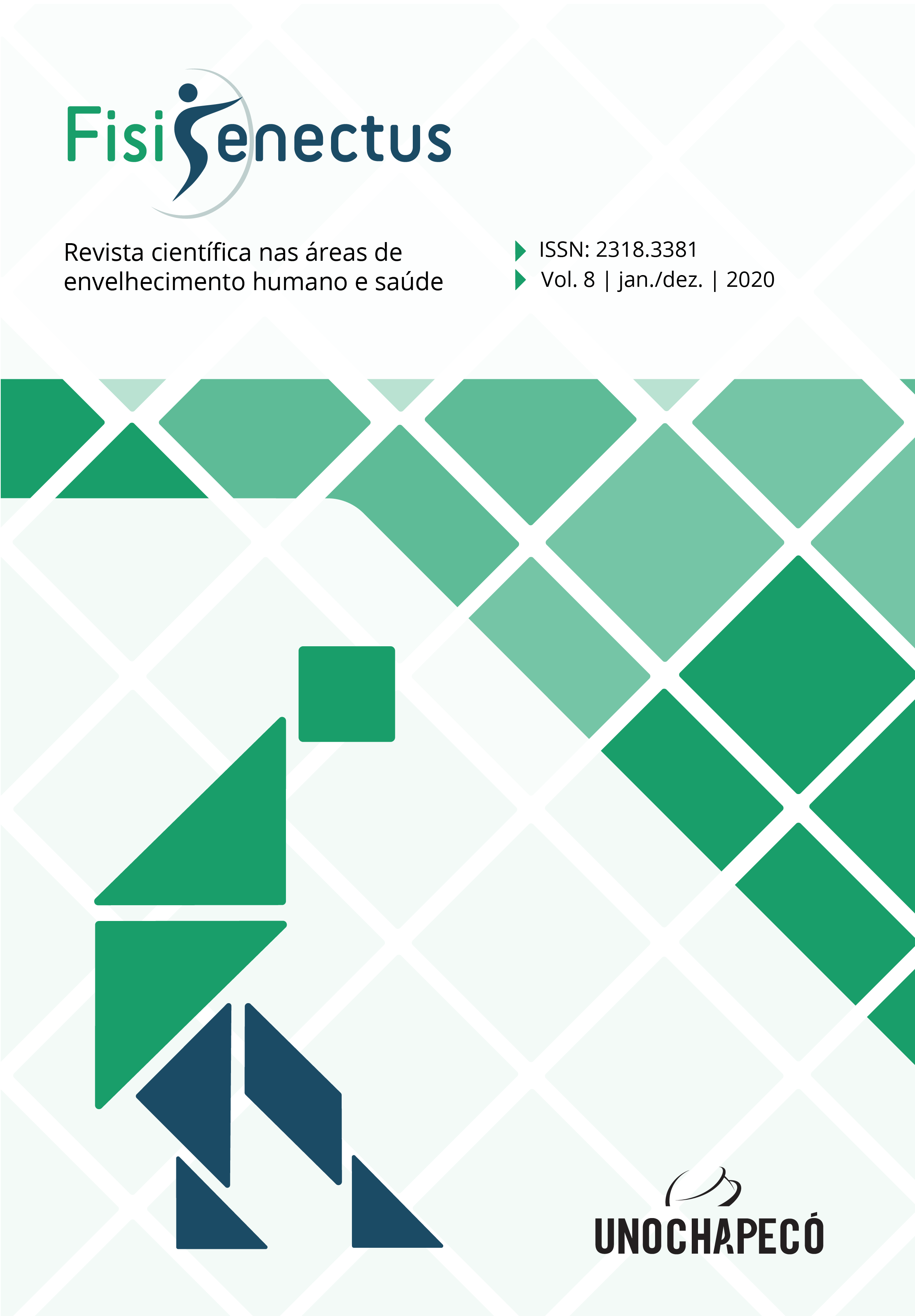Evaluation of peak expiratory flow in individuals after stroke – stroke
DOI:
https://doi.org/10.22298/rfs.2020.v8.n1.5755Keywords:
Acidente Vascular Cerebral, Volume Expiratório Forçado, Debilidade muscular, Pressões Respiratórias MáximasAbstract
Introduction: Stroke is a neurological disorder characterized by a deficit of oxygen and nutrients to the brain. Post-stroke individuals tend to have respiratory muscle weakness, resulting in decreased lung capacities and volumes. Objective: to assess the peak expiratory flow (PEF) of these individuals. Methodology: this is a cross-sectional, observational, descriptive and quantitative study, which measured the PEF of residents of the city of Beberibe (CE) with a clinical diagnosis of stroke. The population included post-stroke individuals living in the city of Beberibe (CE). The sample consisted of ten participants. Participated in the study, people with a confirmed diagnosis of stroke, with at least six months of involvement, preserved cognitive, regardless of sex, age equal and / or above 55 years, absence of associated respiratory disorders, or neurological impairment, not active smokers. Individuals who used medication with respiratory action, restricted to the bed, and who currently participated in some physical therapy treatment were excluded. The measurement of PEF was made using Peak Flow Meters. The data obtained were analyzed using descriptive statistics, “Student's t test” and linear regression and were tabulated in tables. Results: there is a predominance of Ischemic Stroke, gender homogeneity, systemic arterial hypertension as the most prevalent comorbidity; the PEF values of the female and male sample proved to be statistically significant (p <0.002) when compared to the reference values. Conclusion: in this sample of individuals with chronic stroke, there was a statistically significant reduction in PEF.
Downloads
Downloads
Published
How to Cite
Issue
Section
License
Copyright (c) 2020 Sr. Lucas Ewerton, Sra. Stélane, Sra. Abigail Ada , Sra. Ilamara Raniere, Sr. Roque Ribeiro , Sra. Magna Lorena

This work is licensed under a Creative Commons Attribution-NonCommercial-NoDerivatives 4.0 International License.
Aviso de Direito Autoral Creative Commons
Política para Periódicos de Acesso Livre
Autores que publicam na Revista FisiSenectus oncordam com os seguintes termos:
- Autores têm autorização para assumir contratos adicionais separadamente, para distribuição não-exclusiva da versão do trabalho publicada nesta revista (ex.: publicar em repositório institucional ou como capítulo de livro), com reconhecimento de autoria e publicação inicial nesta revista, exceto para publicação do artigo em outra revista/periódico científico.
- Autores têm permissão e são estimulados a publicar e distribuir seu trabalho online (ex.: em repositórios institucionais ou na sua página pessoal) a qualquer ponto antes ou durante o processo editorial, já que isso pode gerar alterações produtivas, bem como aumentar o impacto e a citação do trabalho publicado (Veja O Efeito do Acesso Livre).













